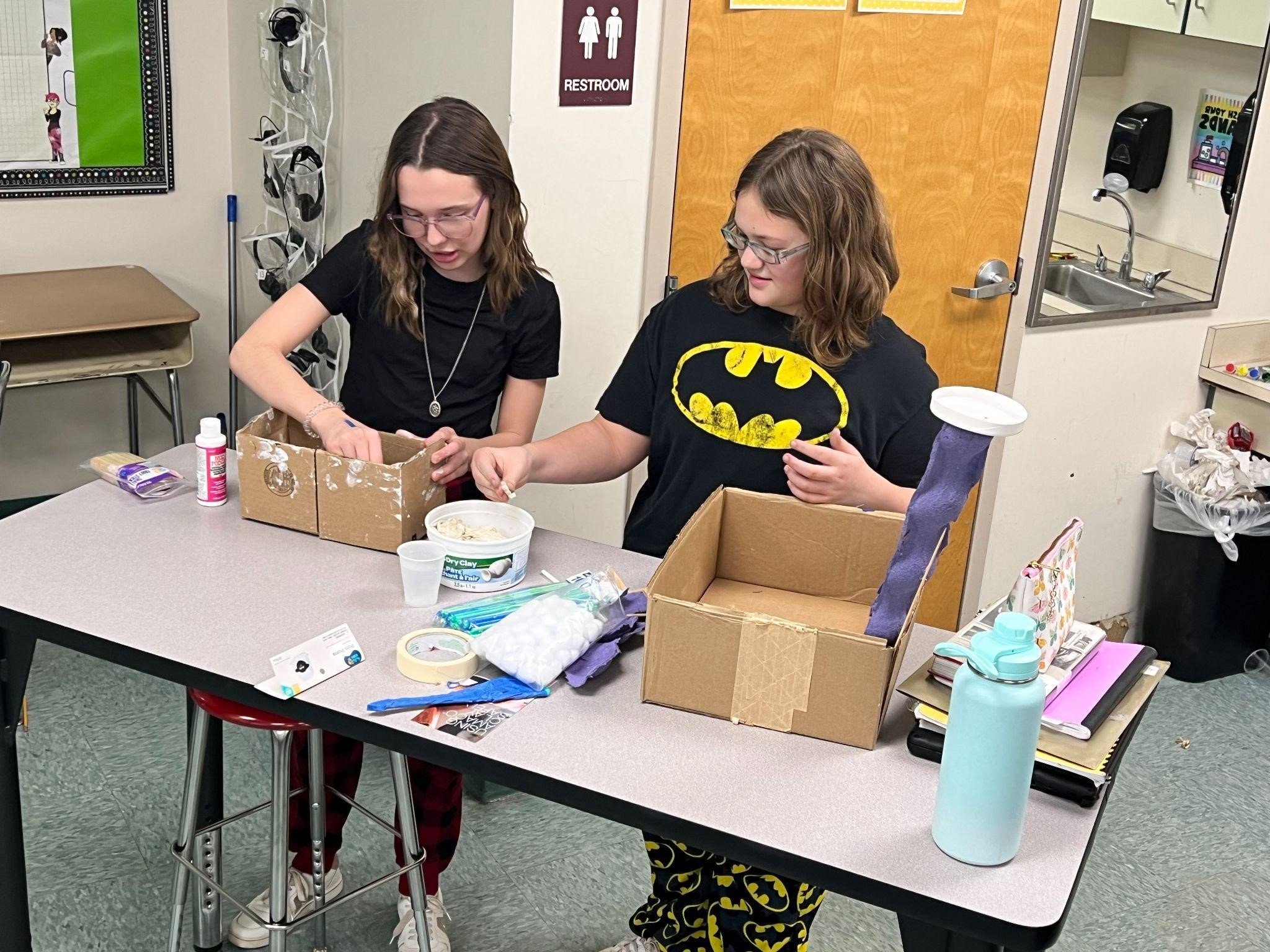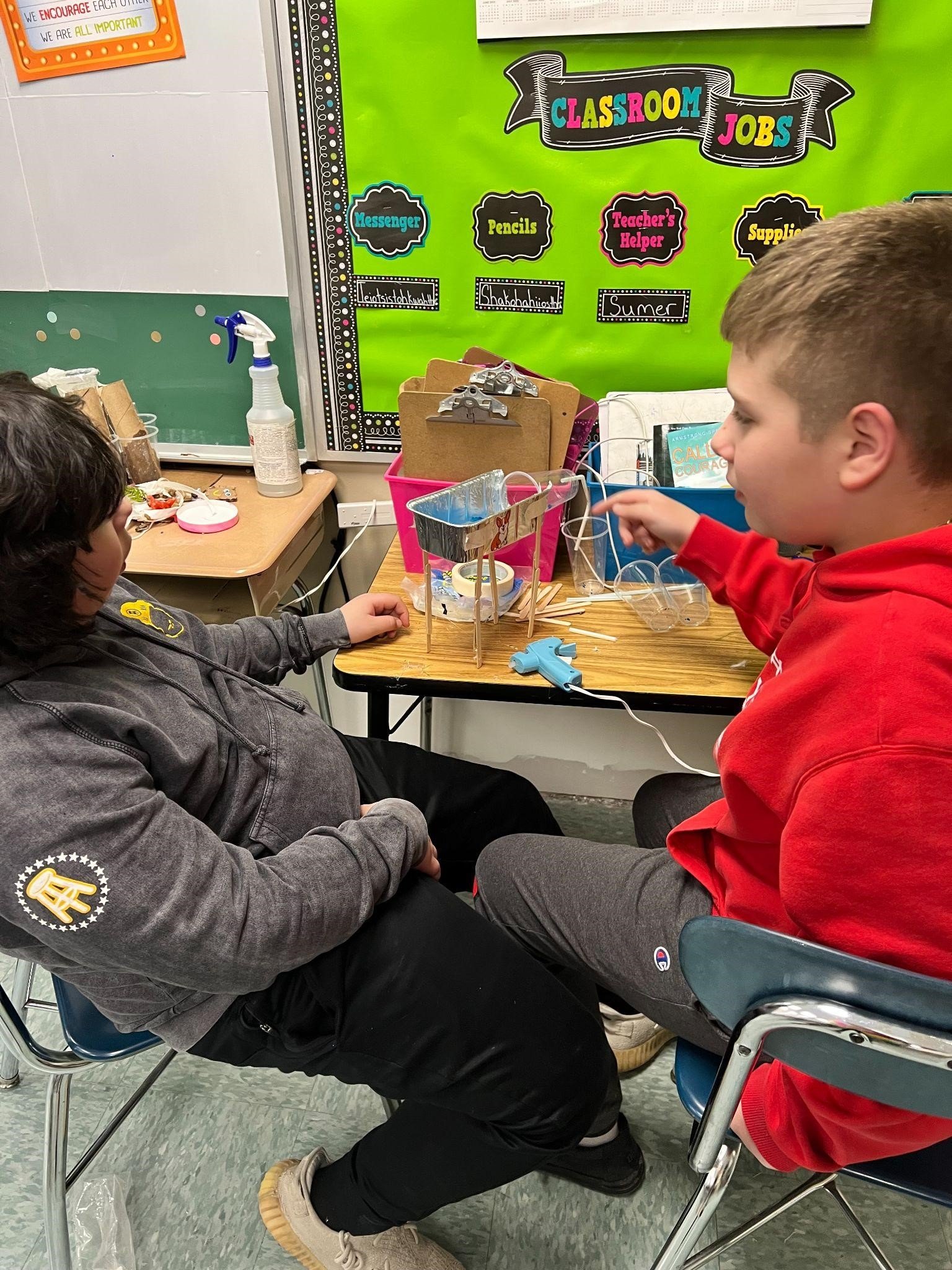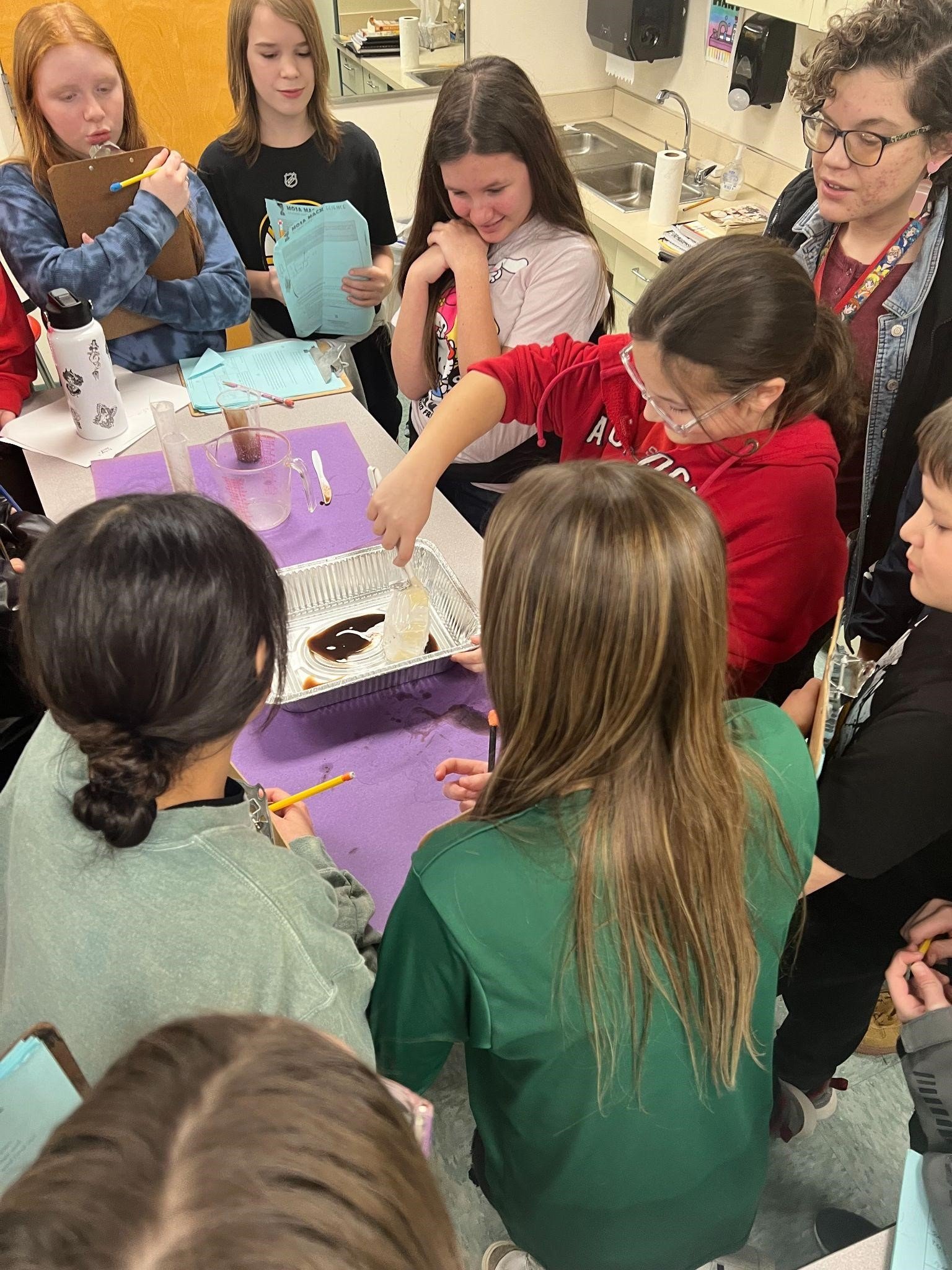In the rural north of the state of New York, Jefferson Elementary School reduced their impact on the environment through two W5 themes, namely Watts and Warming. Students undertook a schoolwide Energy Patrol contest to save energy and put their creative minds to work by designing real-world solutions to greenhouse gas emissions!
With the goal of reducing their school's energy consumption, a group of students first conducted a schoolwide energy audit to determine the best course of action. Starting in their own classroom, the students looked at lights, heating, ventilation, air conditioning, and other electric appliances to establish their energy usage and efficiency. Using a light meter tool, they determined the “just right” lighting following the recommendations of the Illuminating Engineering Society. Finding this “just right” lighting was possible since all the school lights were previously switched to LED, and all had a dimmer switch. This “just right” lighting formed a standard for all lighting in the school's classrooms, therefore making it easier to assess how energy efficient the rest of the school was.
Once this baseline was defined and communicated with the rest of Jefferson Elementary, the group of students organised a two-week Energy Patrol Contest! During these two weeks, the Energy Patrol Team designed a grade level and went around the school three times a week to assess whether classrooms were meeting the new energy standards. The Energy Patrol Team would look for different energy efficiency indicators, for which each classroom would get points. These indicators included whether the lights were at the earlier established “just right” lighting, whether windows and doors were closed to keep heat in, and whether appliances were off or on sleep mode. At the end of the two weeks, one classroom was named the most energy efficient classroom, and won the contest!
“The students have learned more about their own environmental impact and simple ways to reduce it. They understand how they can make a difference.” - Paige Arcet, Teacher
Students also used the Lehigh University Carbon Calculator and discussed ways to reduce their own carbon footprints based on their findings. The results surprised them, especially regarding their transportation and food impacts. Reflecting on those findings, the class came up with creative ideas to reduce their carbon output and were encouraged to implement them in their everyday lives.
Using the U.S. Environmental Protection Agency website, students also learned about different sectors, such as agriculture, industry, and transportation, and their respective greenhouse gas emissions. Through group discussions, they came up with creative solutions to reduce CO2 emissions in each of the sectors. Their solutions varied greatly: while some groups decided to improve existing designs to decrease emissions, others designed brand-new prototypes! Their teacher encouraged them to be creative, but also realistic, taking different factors into account, such as financial constraints of their inventions. Students pitched their designs by presenting their findings and research facts, explaining how their designs reduced emissions, and arguing why the public should adopt their innovations.
All in all, through their Alcoa W5 project, students at Jefferson Elementary School not only learned about electricity efficiency and greenhouse gas emissions, but also discovered solutions to real-world environmental issues.
The Alcoa W5 project of Jefferson Elementary School supports the following SDGs:



